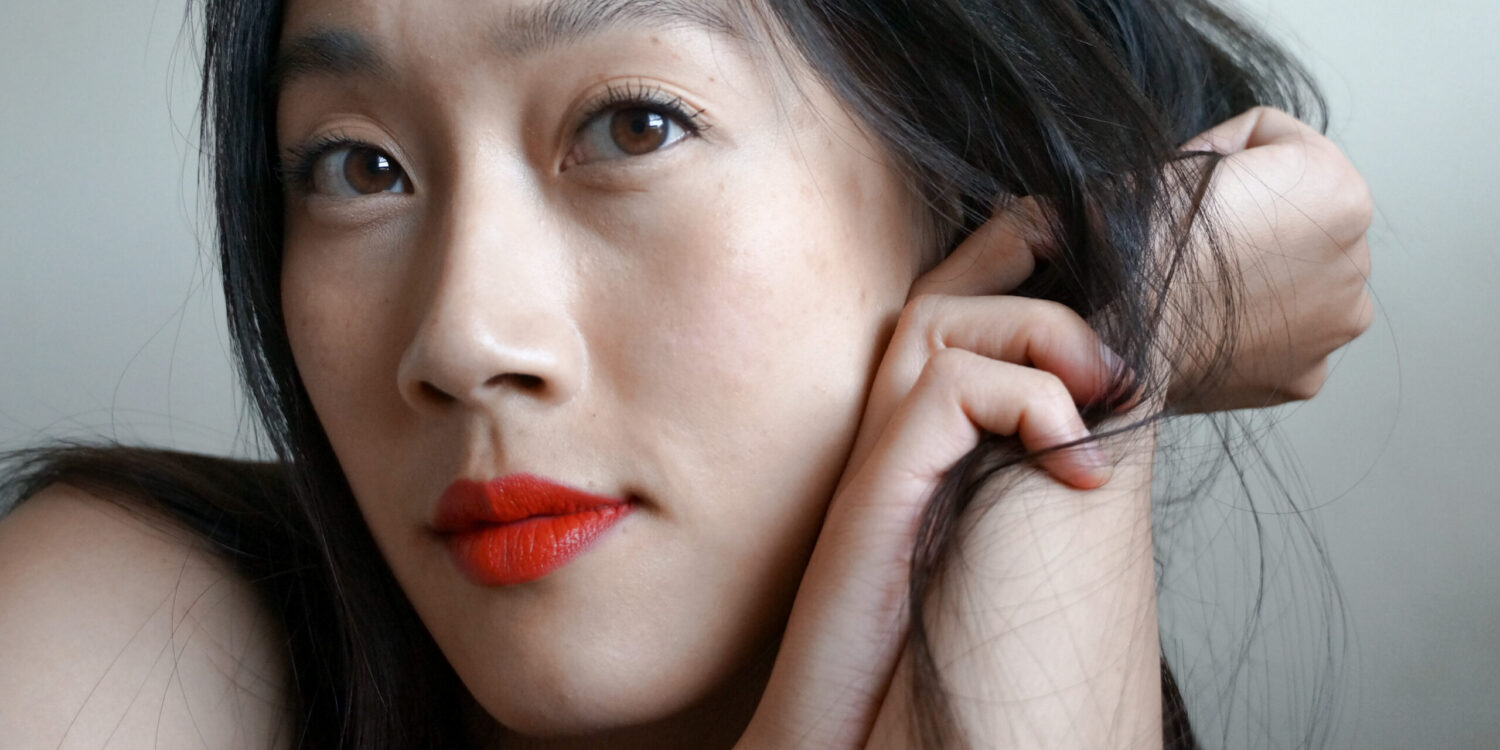Song 1 (1966) Michael Finnissy
Song 16 (1976) Michael Finnissy
Three Songs by Ukerion O’Connor (2007) Jennifer Walshe
Flow my tears (1600) John Dowland
Che si puo fare (1664) Barbara Strozzi
I have a theory:
Pieces are beings.
They have personalities, likes and dislikes.
There are things that they enjoy, behaviors that they tolerate, and requests that they absolutely refuse.
Sometimes, when I am in the middle of working on a piece, I will get to a stage where I am making small improvements here and there. But the piece just won’t quite speak. Then, I notice a small thing, tweak my approach, and all of a sudden the piece opens up. It’s as if, before that, the piece was being polite and making chit-chat, until I stumbled upon something that it was also interested in. Then we start truly talking to each other.
(There are also pieces that I don’t get along with, or pieces that I think are wonderful but who just don’t like me. Sometimes that realization happens on the first date. Sometimes it takes years of trying before either of us realizes that, and then a few more years before we forgive ourselves for not being the right match.)
As a freelancer who does mostly contemporary and early music, pieces come and go in my life like people through revolving doors. It is rare for a piece and I to stay with each other. It’s even rarer for us to grow together: as I get older and inevitably change, sometimes what interests me is no longer fun for the piece, and vice versa.
Despite that, there are a handful of pieces that chose to stick with me, through thick and through thin.
And this is a series of love letters to some of those pieces.
The story starts like this:
In 2021, my friend Juliet Fraser connected me with her friend Jacquelyn Bell, who was looking to support art-making as a private patron. My initial pitch to them was a project to make new recordings and refresh my digital portfolio. Jacquelyn generously agreed to help fund the project. I continued thinking about it and expanded the idea to include videos, filmed during the recording session. To support this version of the project, I applied to and was granted funding from Help Musicians to cover everyone’s fees and expenses. On top of that, I was given insightful one-on-one coaching from some Help Musicians mentors as part of the funding package. During the coaching sessions, one thing led to another, and slowly the project morphed from its initial idea of audition videos into this current labor of love, which now also includes a small writing challenge for myself.
These pieces carried me to where I am now.
They met me when I didn’t know much, witnessed me being confused and frustrated with rhythms, pitches, and life in general. But somehow we muddled through together and became friends. (To be honest, we’re still muddling. Just with a bit more experience and patience.) I learned what I was capable of because they were counting on me to pull through for them. They can be a right pain in the butt, but all good friends are like that sometimes.
I love them. These pieces hold a special place in my repertoire.
It should come as no surprise that it took a village to make this project. I would like to say “thank you” on the record here to some of the amazing humans in my life:
To Juliet Fraser, the big sister and friend I look up to, who lit the initial spark and gave me momentum.
To Jacquelyn Bell and Help Musicians, who believed in me, funded this endeavor, and shepherded the project along the way.
To Jacob Heringman and Susanna Pell, who miraculously joined in for this. (I’m still fan-girling, you cannot stop me.)
To Angela Guyton, who filmed in ninja-like silence while we were also recording audio, and made the beautiful visuals.
To Aaron Cassidy, heart of my heart, who is a great producer/sound engineer, and also my wonderful husband.
And lastly:
To all the pieces that stuck around, I hope you will continue to be my companions as I walk my path.
To all the pieces I have yet to meet, but will become friends with, I look forward to having you in my life.
